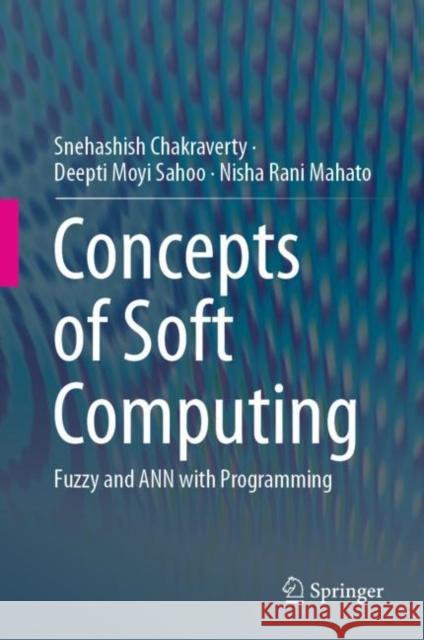Concepts of Soft Computing: Fuzzy and Ann with Programming » książka
topmenu
Concepts of Soft Computing: Fuzzy and Ann with Programming
ISBN-13: 9789811374296 / Angielski / Twarda / 2019 / 195 str.
Kategorie:
Kategorie BISAC:
Wydawca:
Springer Verlag, Singapore
Język:
Angielski
ISBN-13:
9789811374296
Rok wydania:
2019
Wydanie:
2019
Ilość stron:
195
Waga:
0.52 kg
Wymiary:
16.1 x 24.3 x 1.6
Oprawa:
Twarda
Wolumenów:
01











